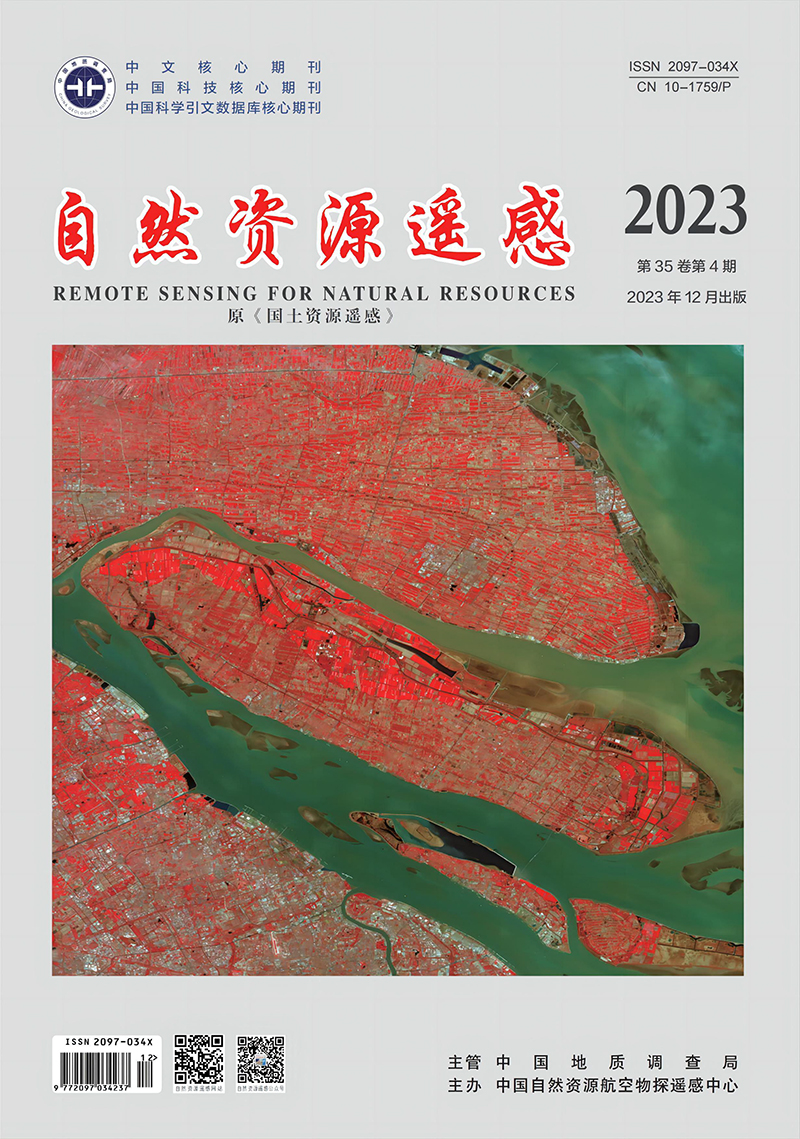LI Guangzhe, WANG Hao, CAO Yinxuan, ZHANG Xiaoyu, NING Xiaogang. 2023. Spatio-temporal evolution and influencing factors of ecological environment quality in the Changsha-Zhuzhou-Xiangtan urban agglomeration. Remote Sensing for Natural Resources, 35(4): 244-254. doi: 10.6046/zrzyyg.2022371
| Citation: |
LI Guangzhe, WANG Hao, CAO Yinxuan, ZHANG Xiaoyu, NING Xiaogang. 2023. Spatio-temporal evolution and influencing factors of ecological environment quality in the Changsha-Zhuzhou-Xiangtan urban agglomeration. Remote Sensing for Natural Resources, 35(4): 244-254. doi: 10.6046/zrzyyg.2022371
|
Spatio-temporal evolution and influencing factors of ecological environment quality in the Changsha-Zhuzhou-Xiangtan urban agglomeration
-
1. College of Geodesy and Geomatics, Shandong University of Science and Technology, Qingdao 266590, China
-
;2. Chinese Academy of Surveying & Mapping, Beijing 100036, China
More Information
-
Corresponding author:
WANG Hao
-
Abstract
Accurately identifying the evolutionary trend and influencing factors of ecological environment quality in new urban agglomerations holds crucial significance for scientifically guiding urbanization and achieving sustainable development. Existing research on the spatio-temporal evolutionary characteristics of ecological environment quality in new urban agglomerations ignored the interactions of multiple factors on ecological environment quality. Based on the Google Earth Engine (GEE) platform, and long-time-series Landsat TM/OLI remote sensing images as the fundamental data source, this study delved into the spatio-temporal variations of ecological environment quality in the Changsha-Zhuzhou-Xiangtan urban agglomeration from 1990 to 2020 using methods including the remote sensing ecological index (RSEI), Sen’s slope estimator, and Mann-Kendall test. Moreover, the geographical detector was employed to quantitatively measure the effects of various factors on the urban agglomeration’s spatial heterogeneity. The results indicate that the Changsha-Zhuzhou-Xiangtan urban agglomeration exhibited generally high ecological environment quality, with a spatial distribution pattern of higher quality in marginal areas and lower quality in core areas. The average proportion of areas with ecological environment quality graded as “excellent” and “good” exceeds 60% in the urban agglomeration. The sustainable development strategy altered the urban sprawl in this urban agglomeration, leading to a decline followed by an increase in RSEI, with an inflection point in 2000. From 1990 to 2020, the ecological environment quality significantly deteriorated in central urban areas while improvement was observed in non-central urban areas. Physical and geographical conditions significantly influenced the ecological environment quality of the urban agglomeration in the early stages. With socio-economic progression, the influence of socio-economic factors like nighttime lighting on ecological environment quality gradually intensified, assuming a dominant role over time. Besides, the interactions among factors significantly enhanced the effects of individual factors on ecological environment quality. Before 2010, the interactions between human and natural factors exerted considerable influences on the ecological environment. After 2015, the interactions among human factors yielded more pronounced effects on ecological environment quality. These findings serve as a foundational guide for the integrated high-quality development of the Changsha-Zhuzhou-Xiangtan urban agglomeration and a reference for the advancement of other comparable urban agglomerations.
-

-
-
Access History







 DownLoad:
DownLoad: